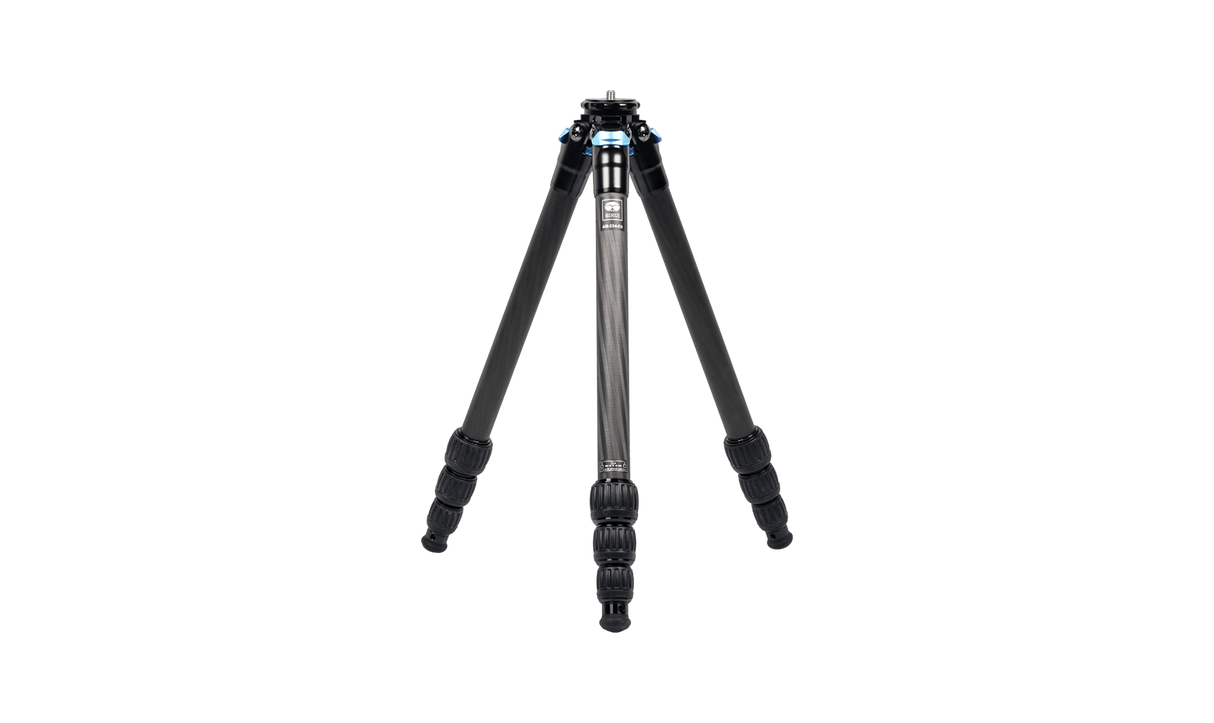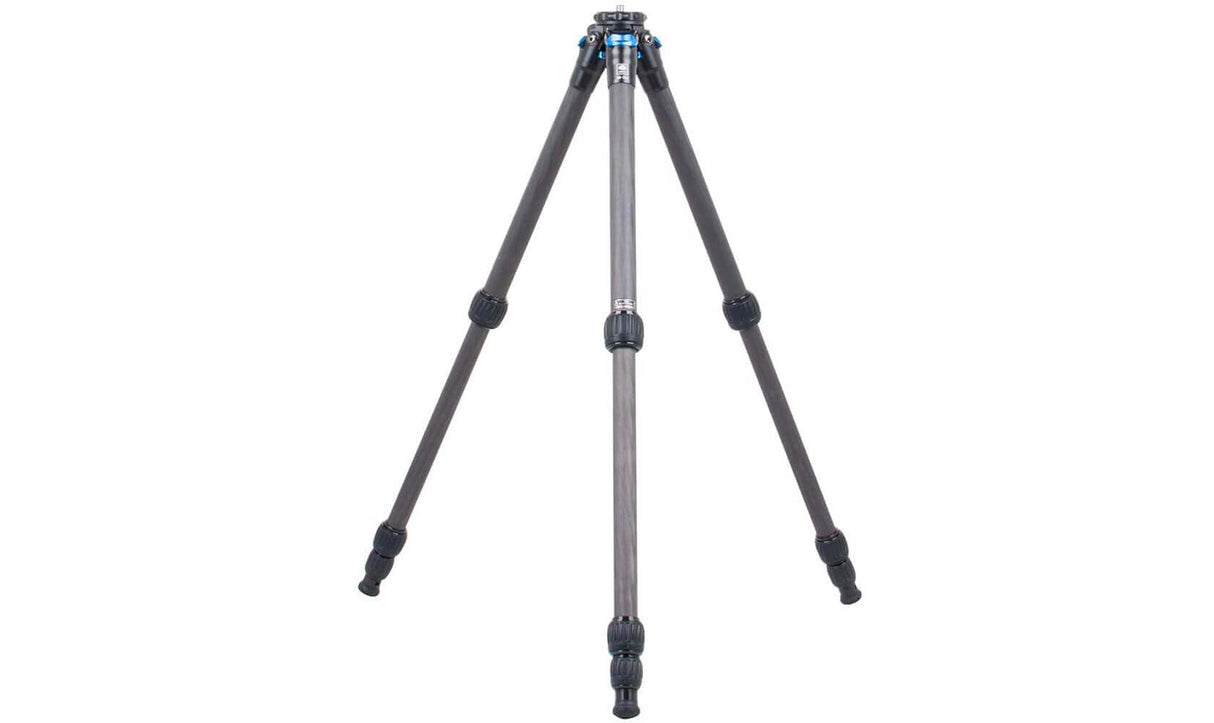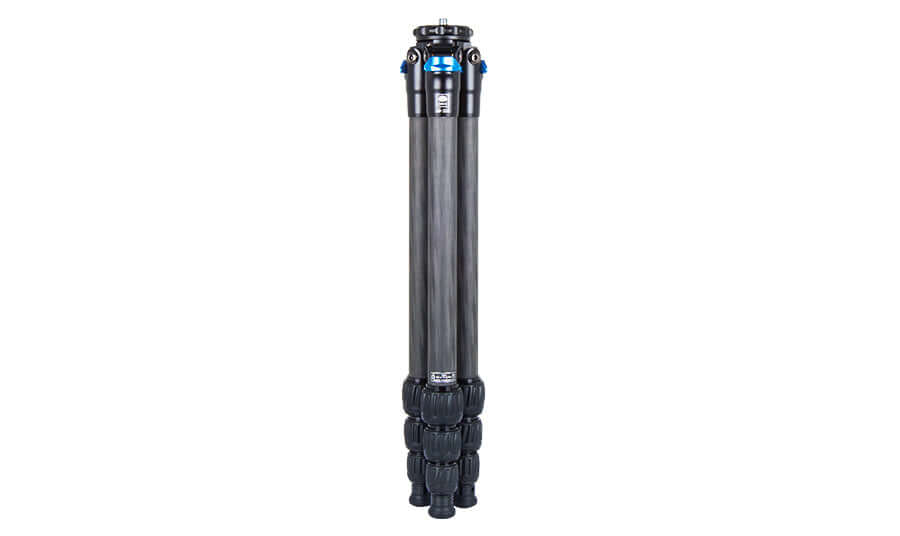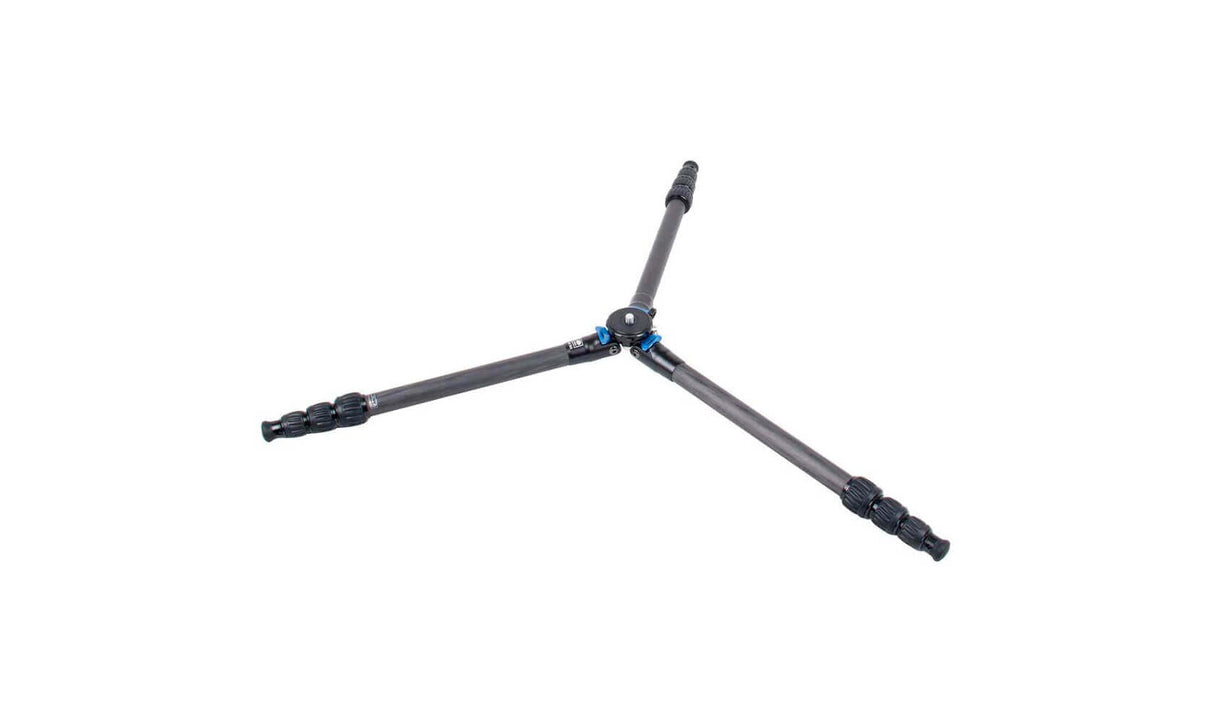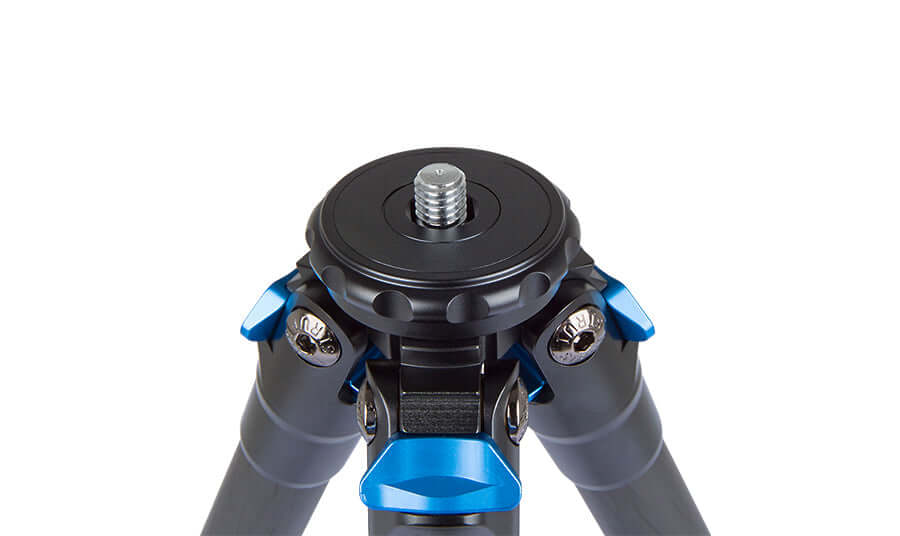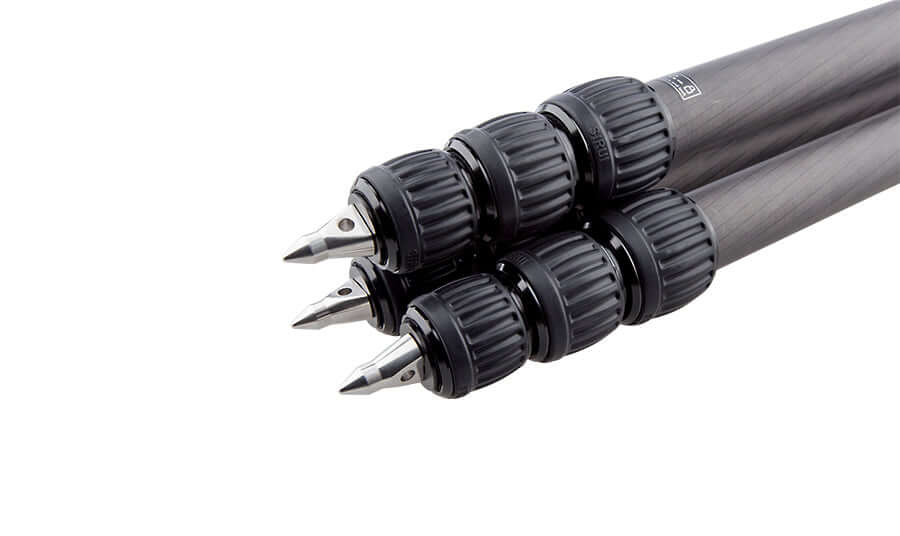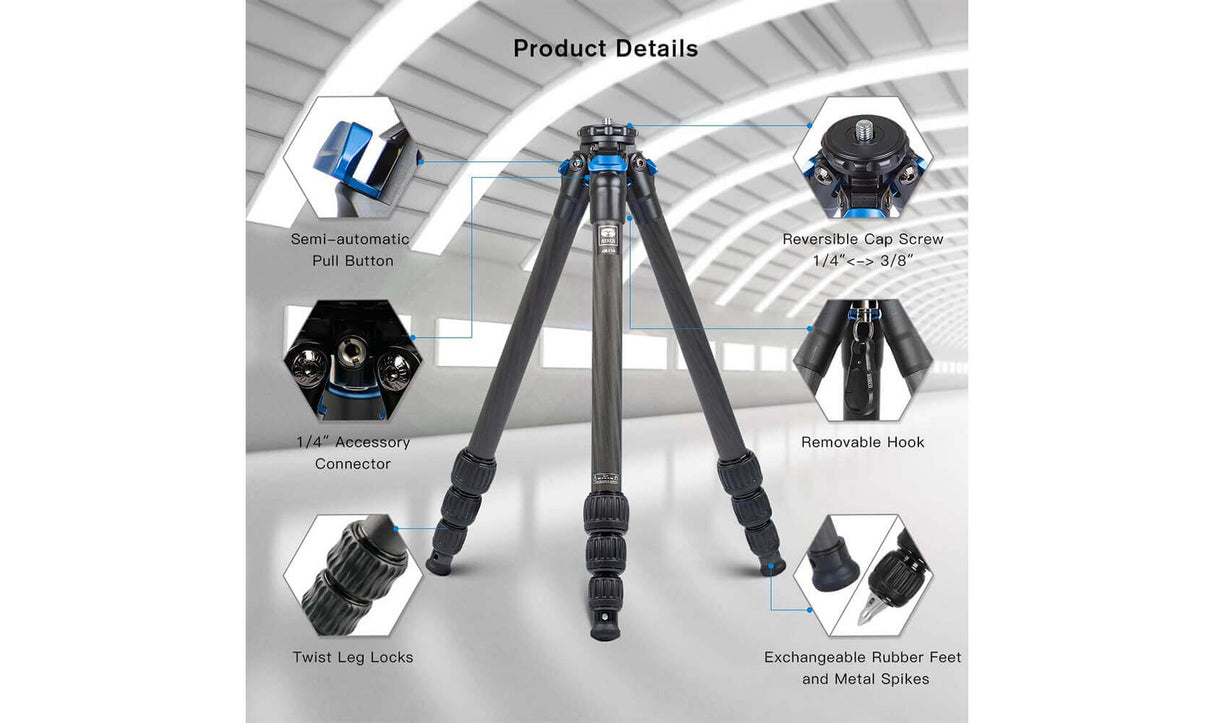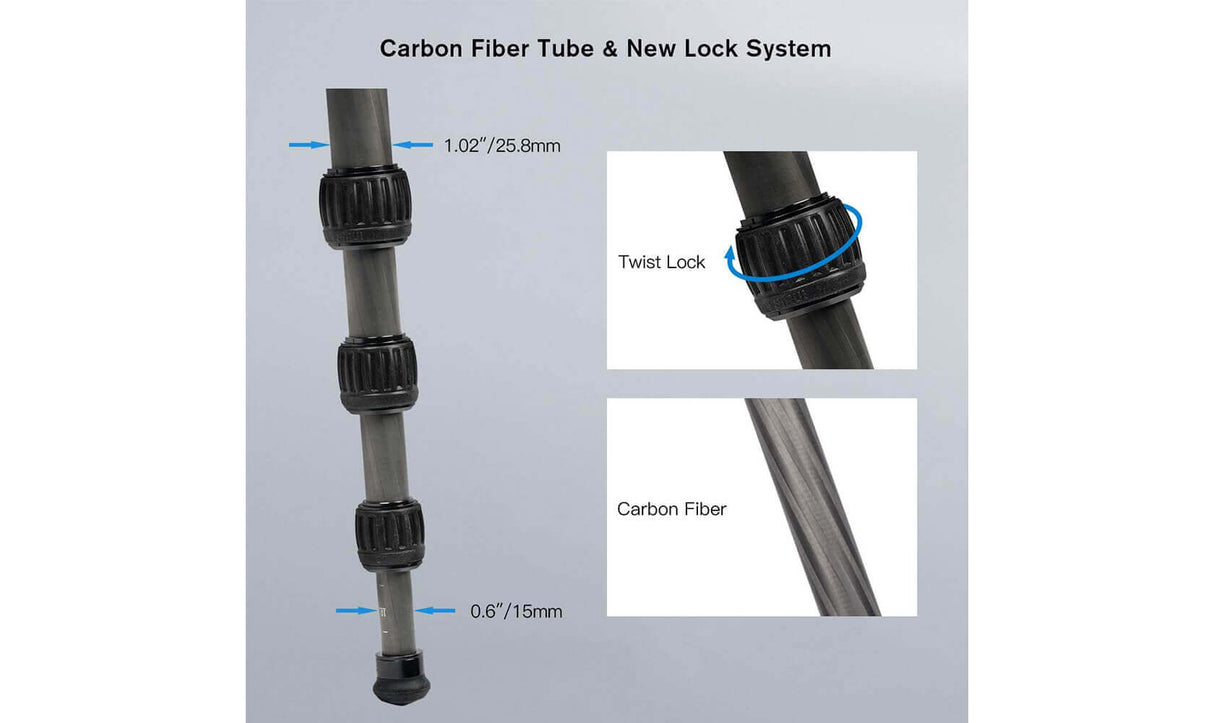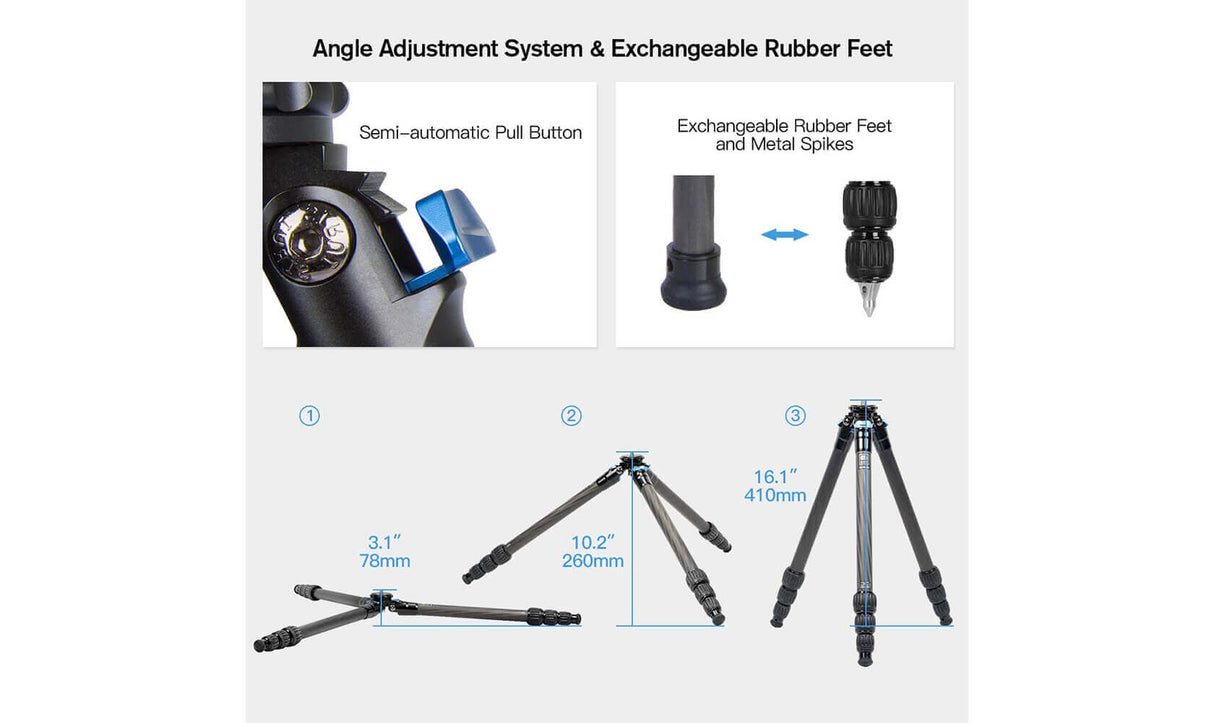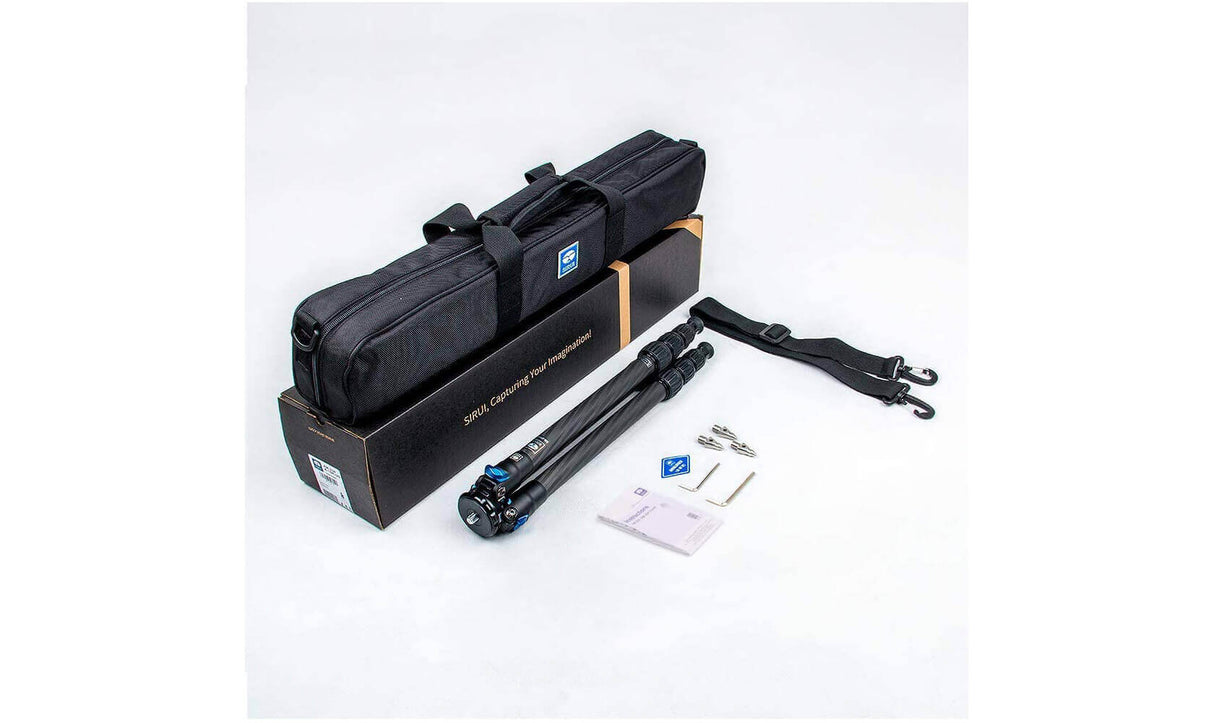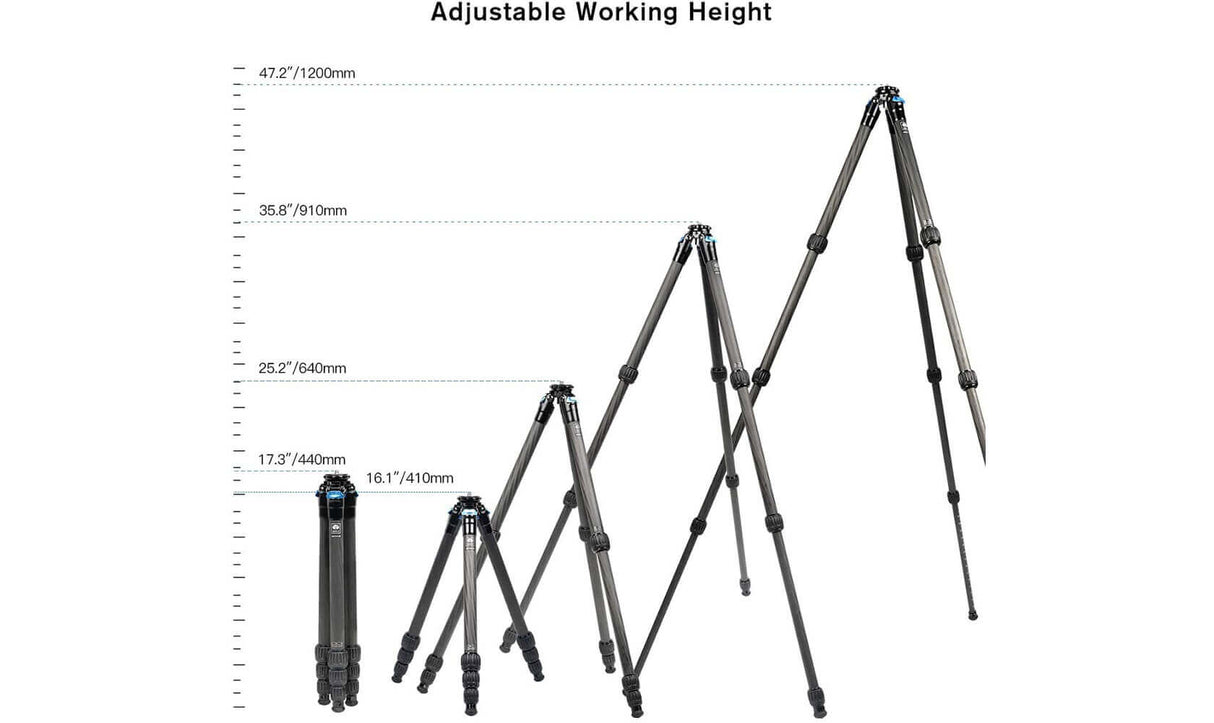SIRUI AM-254 カーボンファイバー 4 段中型カメラ三脚脚
SKU:
AM-254
10%割引
$125.00
$139.00
単価
/
利用不可
チェックアウト時に配送料が計算される
SIRUI AM-254 カーボンファイバー 4 段中型カメラ三脚脚 - AMシリーズ三脚 ...は取り寄せ中で入荷次第発送します。
受取を利用可能か読み込めませんでした

支払いとセキュリティ
お支払い方法
お支払い情報は安全に処理されます。当社はクレジットカードの詳細を保存したり、お客様のクレジットカード情報にアクセスしたりすることはありません。
AM-254
カーボンファイバートライポッド
旅行に最適な軽量コンパクト

素材:
カーボンファイバー
カーボンファイバー

安定したサポート:
12kg/26.4lbs
12kg/26.4lbs

コンパクト収納:
17.3インチ/44cm
17.3インチ/44cm

軽量:
1.02kg/2.25lbs
1.02kg/2.25lbs
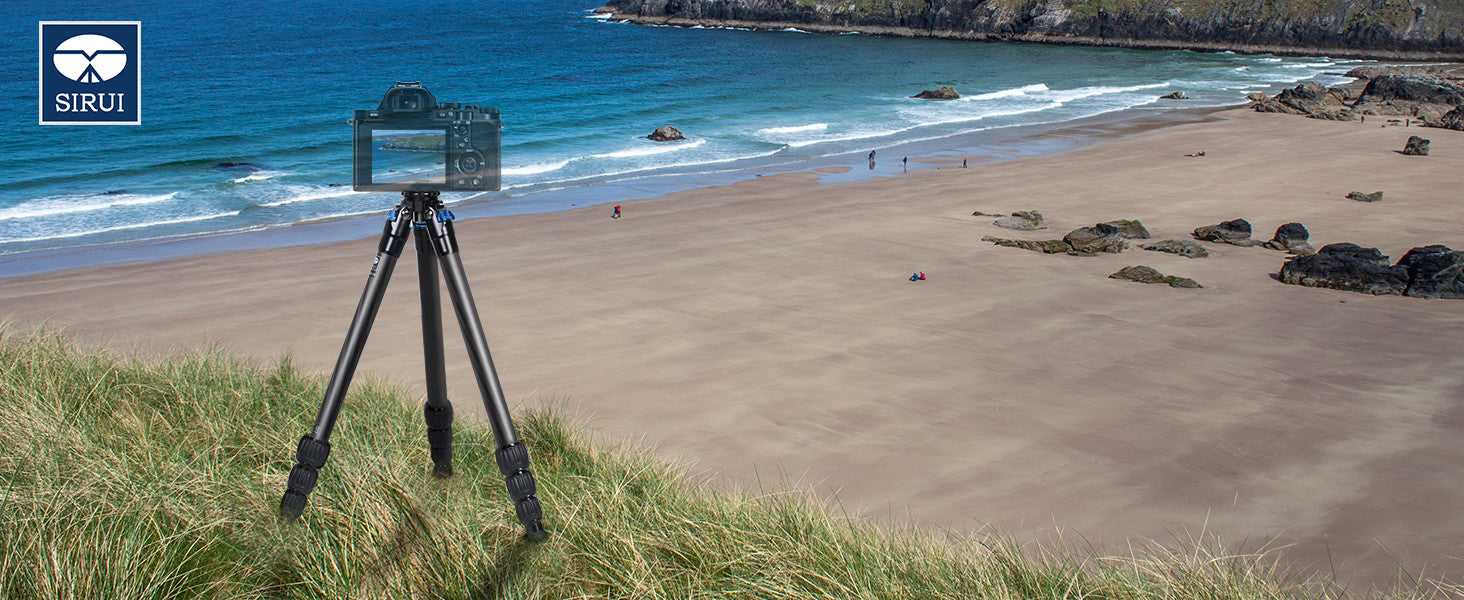
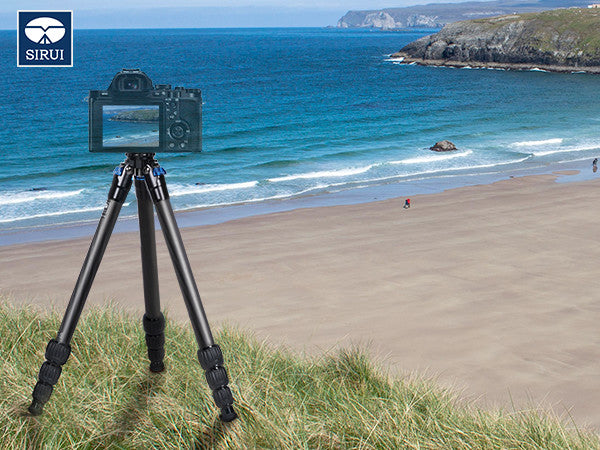
旅行に便利なコンパクト折りたたみ設計
収納長さ:
17.3インチ/44cm
17.3インチ/44cm
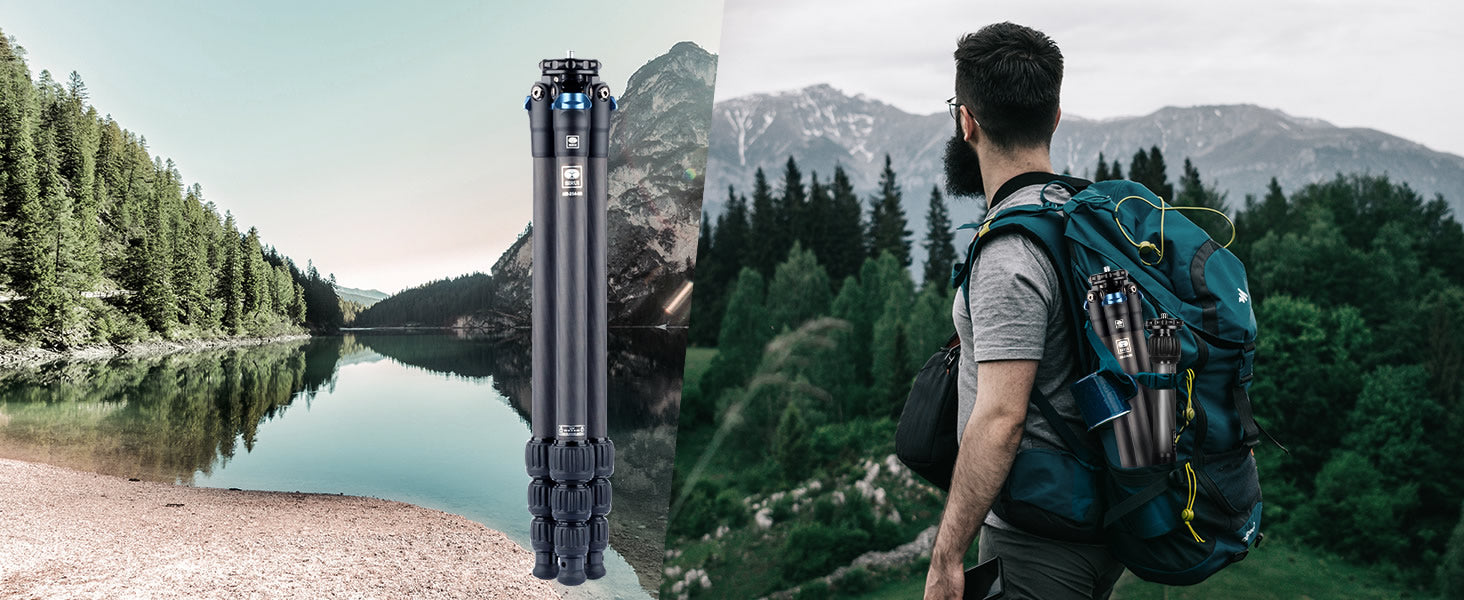
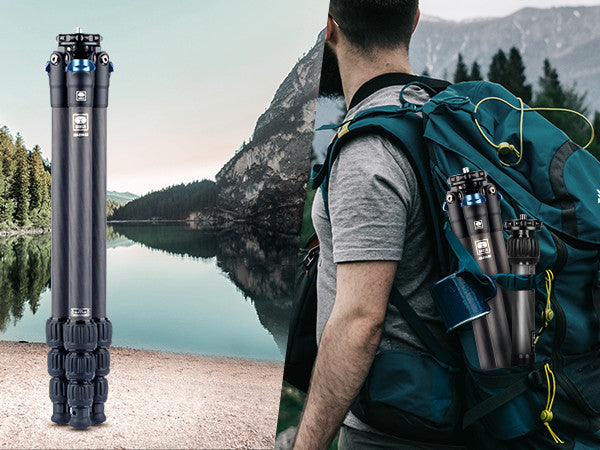
柔軟な脚角度調整
セミオートマチック
ボタン
ボタン
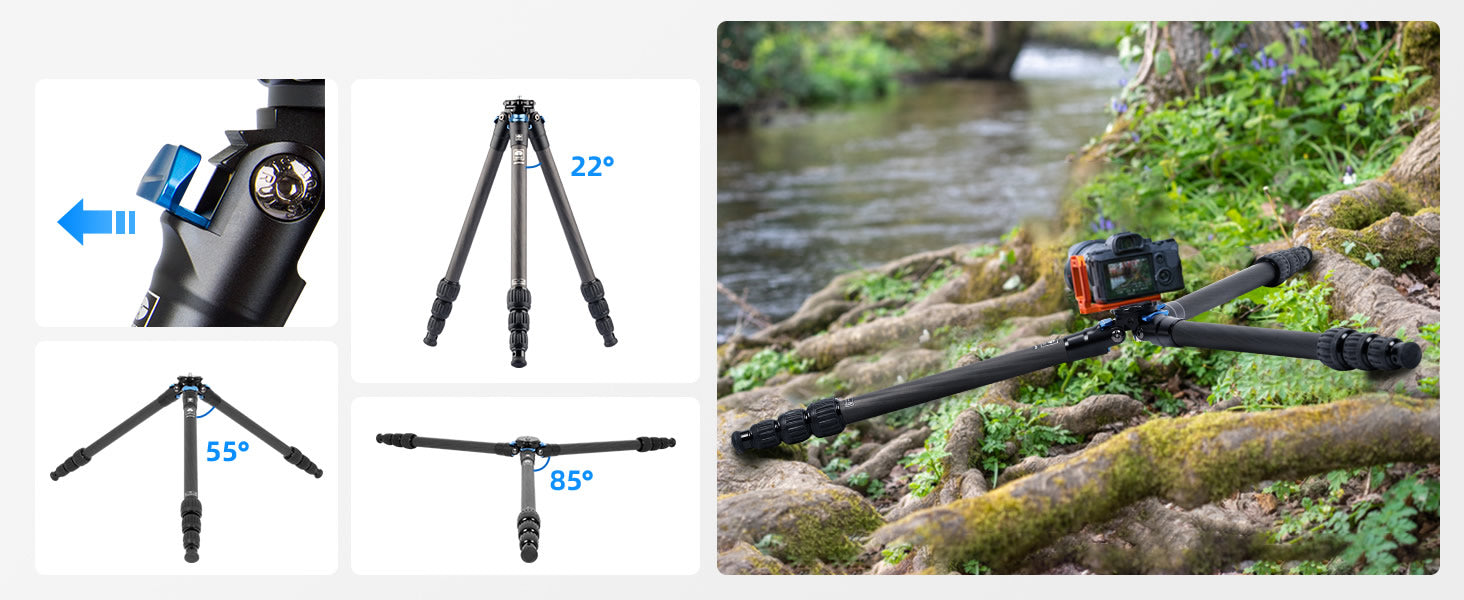
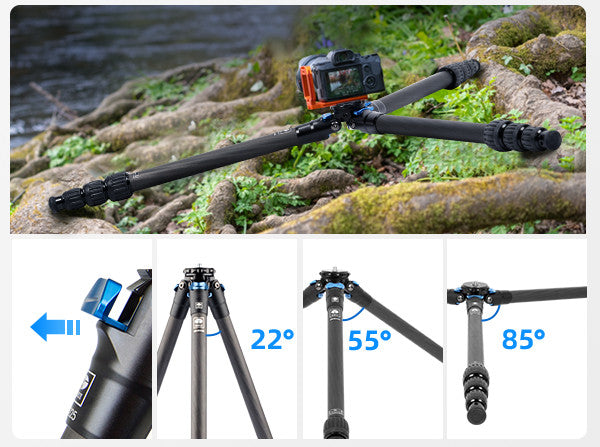
屋外での安定性を強化
取り外し可能なフック
交換用ラバーフィート/
金属スパイク
金属スパイク
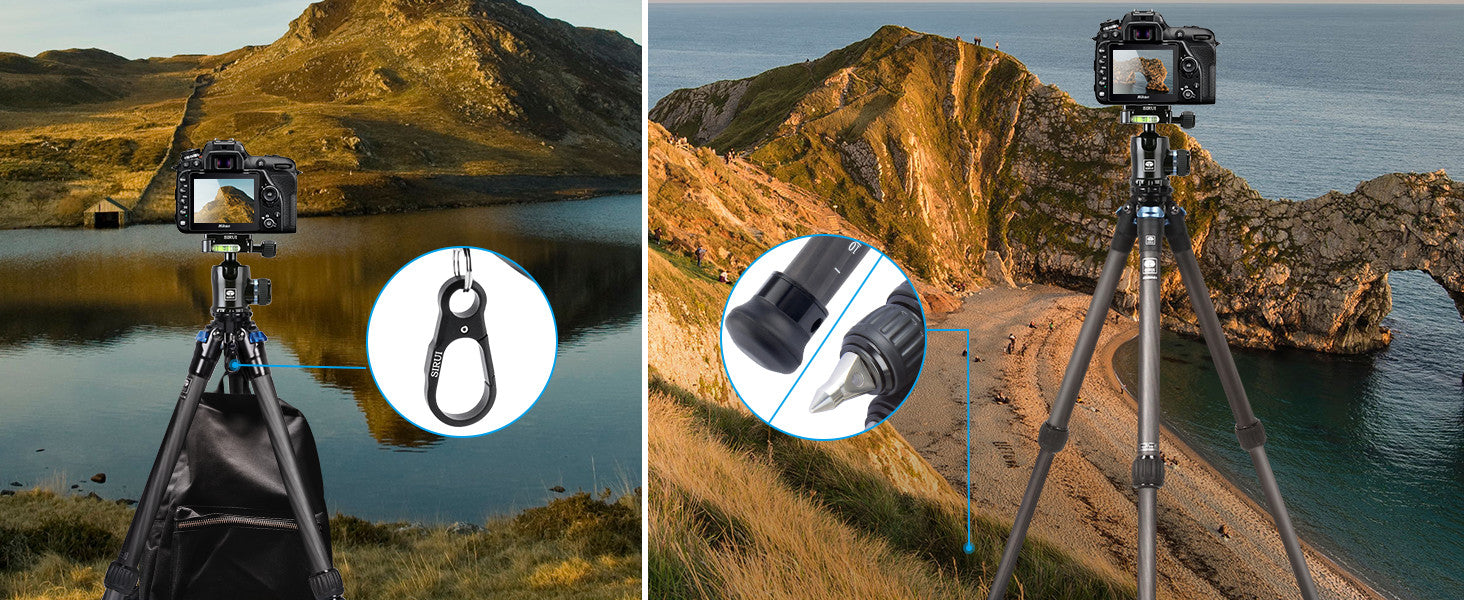

47.2"/120cm
クイックレッグセットアップ
ラバー
ツイストロック
ツイストロック

1/4” < - > 3/8” ネジ
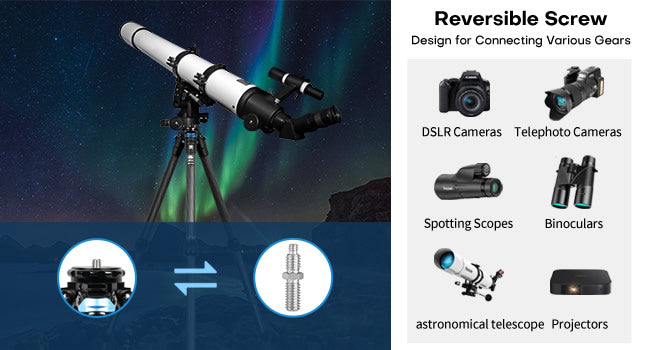
写真撮影
タイムラプス
フィールドサイト
スポッティングスコープ

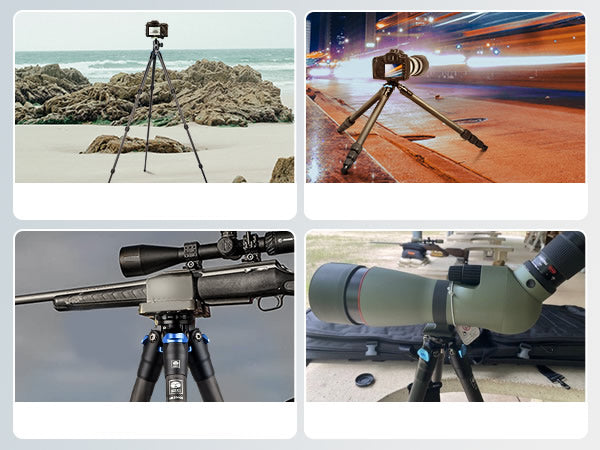
SIRUI カーボンファイバートライポッド | AMシリーズ
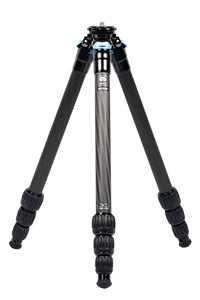 |
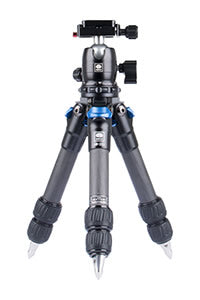 |
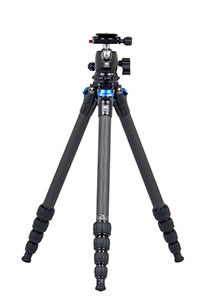 |
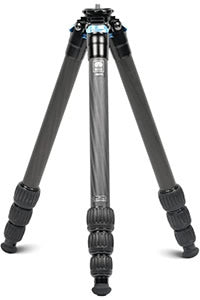 |
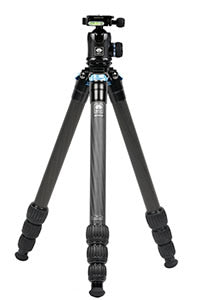 |
|
| AM-254 | AM-223+B-00K | AM-225+B-00K | AM-284 | AM-284+K-20X | |
| カーボンレッグ | 4 セクション | ø 15 - 25.8 mm | 3 セクション | ø 16 - 22 mm | 5 セクション | ø 10 - 22 mm | 4 セクション | ø 18.6 - 29.4 mm | 4 セクション | ø 18.6 - 29.4 mm |
| 最大高さ | 47インチ/120 cm | 16"/42.3 cm | 50インチ/127.3 cm | 47インチ/120 cm | 47インチ/120 cm |
| パックサイズ | 17.3インチ/44 cm | 12.1インチ/30.8 cm(頭部含む) | 19インチ/48.3 cm(頭部含む) | 17.5インチ/44.5 cm | 21.2インチ/53.8 cm(頭部含む) |
| 重量 | 2.2ポンド/1.02kg | 1.5ポンド/0.75kg | 2.1ポンド/0.95kg | 2.7ポンド/1.22kg | 3.6ポンド/1.65kg |
| 最大荷重容量 | 26.5ポンド/12kg | 33ポンド/15kg | 13.2ポンド/6kg | 33ポンド/15kg | 33ポンド/15kg |
| 三脚ヘッドを含む | / | ✓ | ✓ | / | ✓ |

